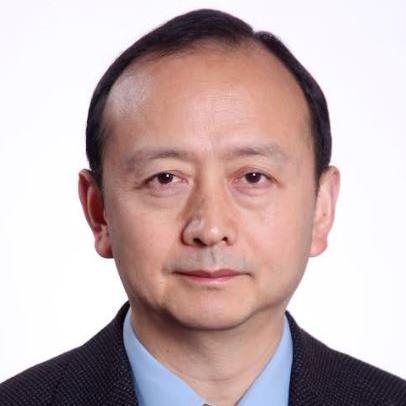As people around the world wonder whether the process of globalization will come to an end and countries will backpedal on globalization, the four points President Xi Jinping made in his speech at the APEC CEO Summit in Lima, Peru, showed the correct way forward.
First, it shows the direction, i.e. “promoting economic integration, building open economies”. Openness is the lifeline of Asia-Pacific economies. The Asia-Pacific must deal with such challenges as “fragmentation” in regional economic cooperation, make sure all “regional trade arrangements” gain broad support, and adhere to “openness, inclusiveness, universal benefits, and win-win outcomes”. It should build a framework of regional cooperation featuring “equal consultation, joint participation, and universal benefits”. “Closed and exclusive arrangements” are not correct choices. It pointed out building the FTAAP is a “strategic measure” regarding the Asia-Pacific’s long-term prosperity, and the move will provide institutional guarantee for the openness of Asia-Pacific economies.
Xi thus emphasized the importance of a dialectical perspective in evaluating economic globalization, proposing to “keep its essence and discard its dregs”. On one hand, economic globalization “generally” conforms to economic laws, and is in all parties’ interests; on the other hand, it is a “double-edged sword” that at the same time brings new challenges. It is important to “actively guide” economic globalization, strive to resolve problems concerning “fairness and justice”, make the process “more vigorous, inclusive, and more sustainable”, increasing people’s “sense of participation, gain, and happiness”.
Xi’s statement has a profound historical background: The world has entered an eventful period, constant “black swan” incidents like the Brexit and the “surprise” outcome of the US presidential campaign have spread the counter-currents of populism, isolationism, protectionism and the self-centric “anti-globalization” campaigns in developed nations. Donald Trump’s election as the next US president in particular has added considerable uncertainties to world economy and politics. Xi’s proposal to stick to and improve globalization is significant at such a “hinge moment”.
Second, Xi identifies a “handle”, i.e. “facilitating interconnectivity, realizing coordinated development”. His proposal would promote construction of an interconnected network that is all-round, comprehensive and covers the entire Asia-Pacific, and dovetail interconnectivity regimes on both sides of the Pacific, boosting real economic development on a broader scale. It aims to implement the interconnectivity blueprint put forward in the 2014 APEC “Beijing Consensus”, improve the corresponding framework for infrastructure, rules and personnel exchange, and ensure fulfilling the goal of all-round connectivity by 2025.
Third, it accentuates treating root causes, i.e. “promoting reform and innovation, strengthening endogenous dynamics”. From the 2014 APEC leaders meeting in Beijing to the G20 leaders meeting in Hangzhou this year, countries have not only embraced reform and innovation as new drivers of development, but have made concrete action plans. Xi’s speech calls on all Asia-Pacific countries to “implement well” such consensuses and principles, promote development mode transition, facilitate economic structural adjustments with reform, and raise total factor productivity, enhancing macro policy coordination and “positive spillover effects”.
Fourth, it emphasizes adherence to principles, i.e. “promoting win-win cooperation, deepening partnership”. Partnership is an inevitable choice for the Asia-Pacific to jointly cope with current challenges. Countries should deepen the sense of “community of shared destiny”, constantly raise width and depth of regional cooperation, build platforms, make rules and enjoy fruit of development together, “absolutely not undermine each other, exclude each other”.
He was referring to a small number of Asia-Pacific countries, like Japan, who have been bogged down in “Cold War” and “Zero-Sum Game” thinking, and racking their brains to gang up and confront or “isolate” China.
The US and major Western powers’ “political turn” brings both opportunities and challenges to China. The main challenge is the rise of trade and investment protectionism, resulting in increasing frictions and impediments in foreign trade and overseas investment. The main opportunity is that China may become the leader of international free trade earlier than anticipated, and China-led regional cooperation schemes, such as the RCEP, thus becomes more influential. The TPP, on the other hand, appears on the decline with the US changing its mind about embracing it. Their subsequent impacts on geo-political and security conditions are also mixed. China will assume its due responsibilities and focus on rallying neighboring countries and emerging economies to improve economic globalization together.



